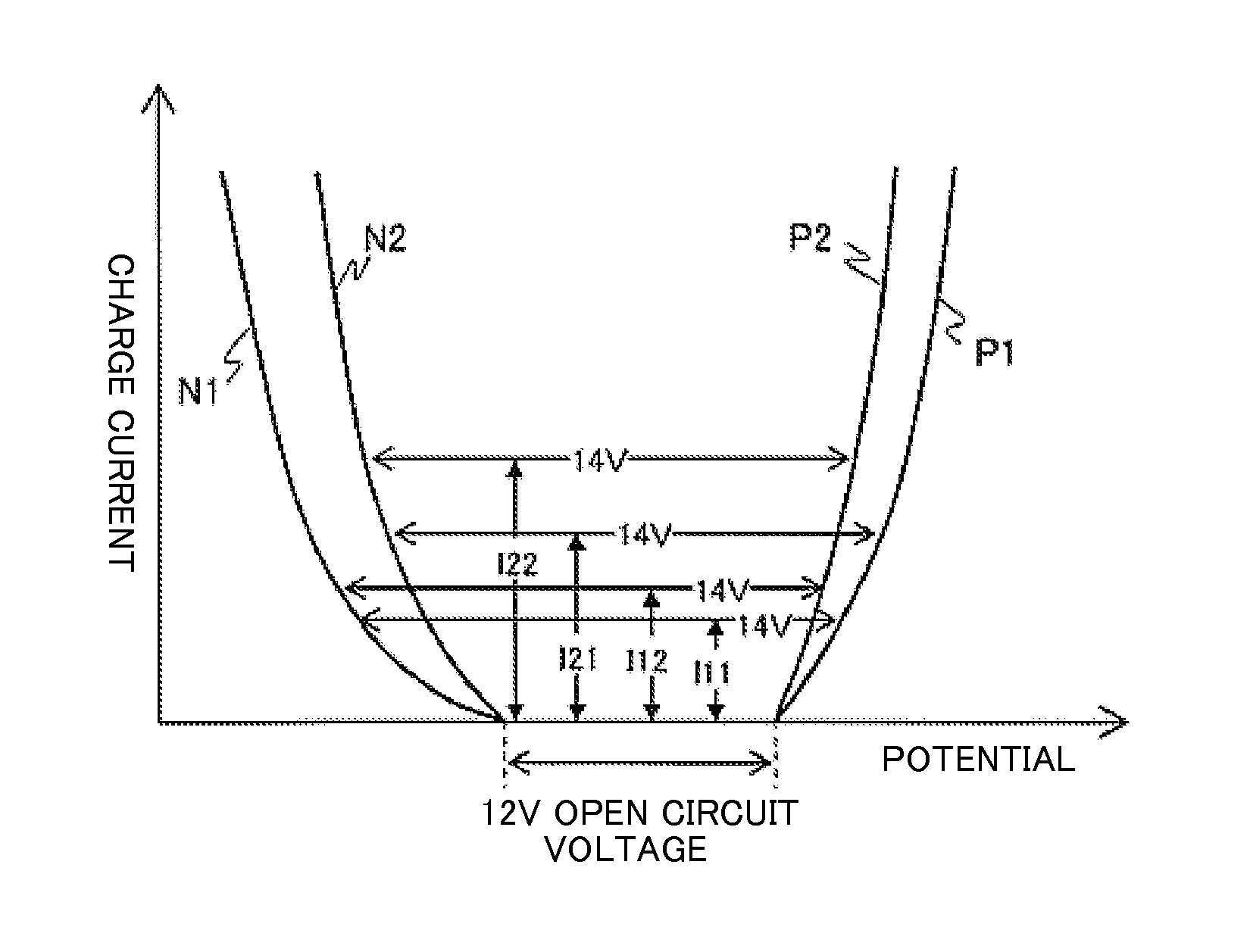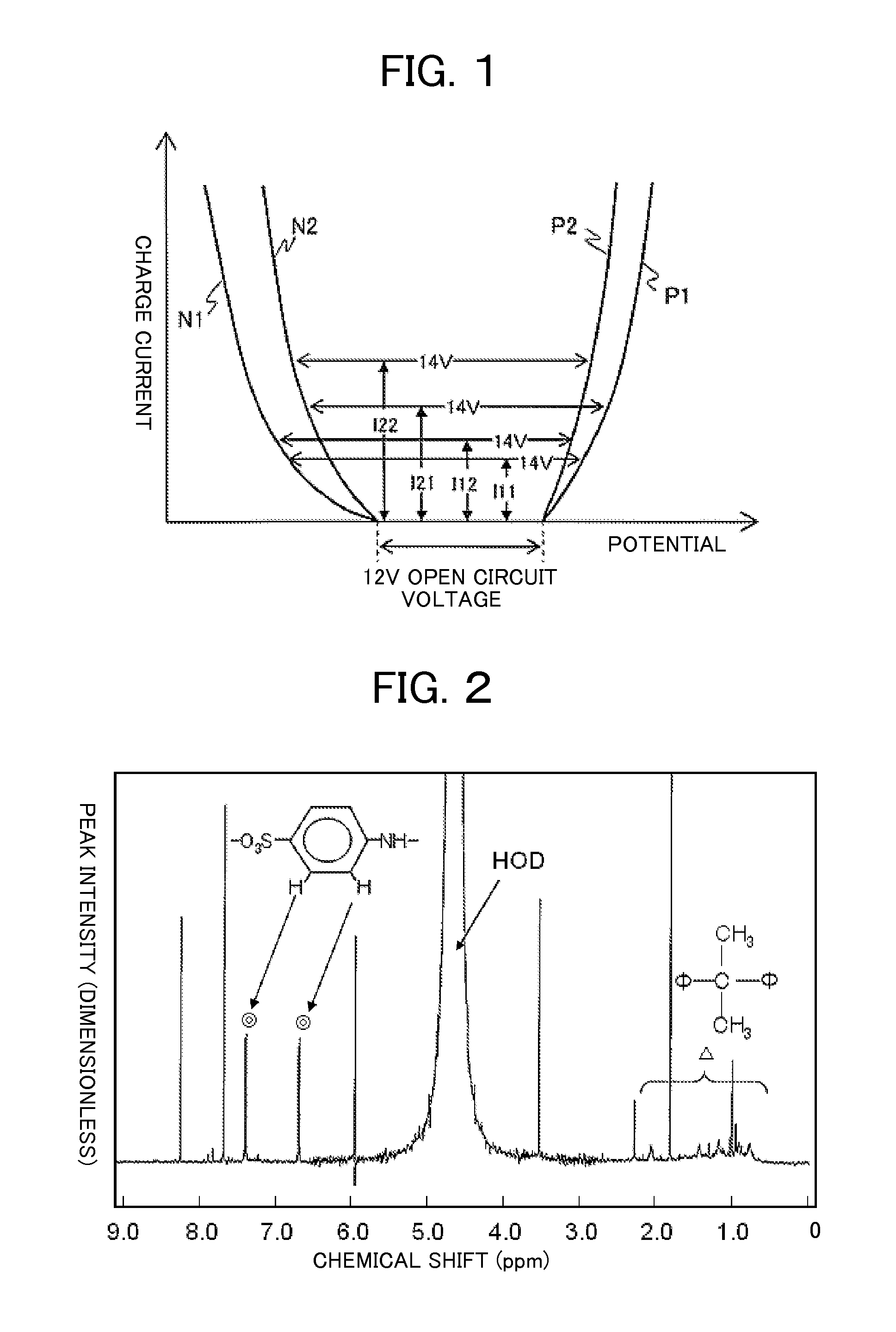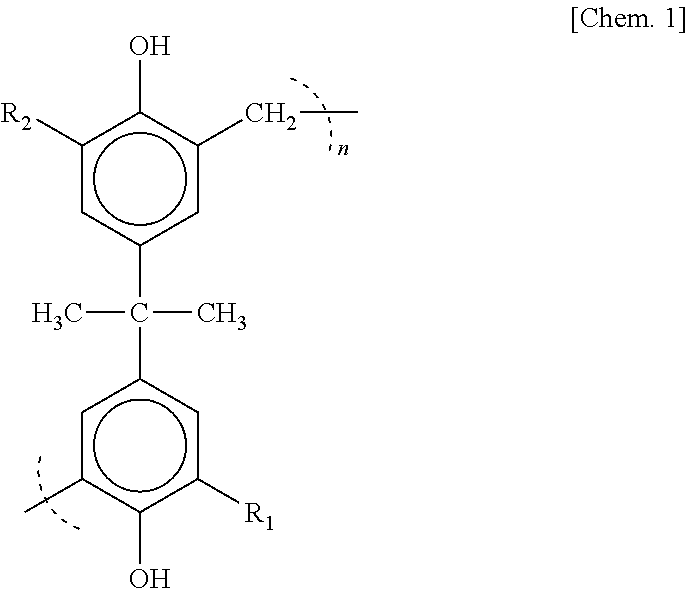Lead-acid battery
a lead-acid battery, valve-regulated technology, applied in the direction of secondary cell servicing/maintenance, cell components, sustainable manufacturing/processing, etc., can solve the problem of reducing the performance of the battery by repetitive charge and discharge, the effect of suppressing the lowering of the performance cannot be maintained for a long time, and hindering the improvement of charge acceptability. , to achieve the effect of improving the charge acceptance of the entire valve-regulated lead-acid battery, improving the charge acceptan
- Summary
- Abstract
- Description
- Claims
- Application Information
AI Technical Summary
Benefits of technology
Problems solved by technology
Method used
Image
Examples
example
[0104]In Japan, flooded type lead-acid batteries are used generally for vehicles but valve-regulated lead-acid batteries are not specified in JIS standards for engine starter battery (JIS D 5301). Accordingly, in this example, 12 V valve-regulated lead-acid batteries were manufactured by using battery containers of B20 size specified in JIS standards for the flooded type as an example but the present invention is not restricted to the standards (constitution) of battery. That is, the intended object of the invention can be attained by valve-regulated lead-acid batteries of any of standards (constitution) by replacing the existent positive and negative electrode active materials and the range of the specific gravity of the electrolyte with those of the invention.
[0105]At first, unformed positive electrode plates were manufactured. Water was added to and kneaded with a mixture of lead-oxide, red lead, and cut fibers (polyethylene terephthalate short fibers here and hereinafter) and, s...
PUM
| Property | Measurement | Unit |
|---|---|---|
| specific surface area | aaaaa | aaaaa |
| average primary particle diameter | aaaaa | aaaaa |
| average primary particle diameter | aaaaa | aaaaa |
Abstract
Description
Claims
Application Information
 Login to View More
Login to View More - R&D
- Intellectual Property
- Life Sciences
- Materials
- Tech Scout
- Unparalleled Data Quality
- Higher Quality Content
- 60% Fewer Hallucinations
Browse by: Latest US Patents, China's latest patents, Technical Efficacy Thesaurus, Application Domain, Technology Topic, Popular Technical Reports.
© 2025 PatSnap. All rights reserved.Legal|Privacy policy|Modern Slavery Act Transparency Statement|Sitemap|About US| Contact US: help@patsnap.com



